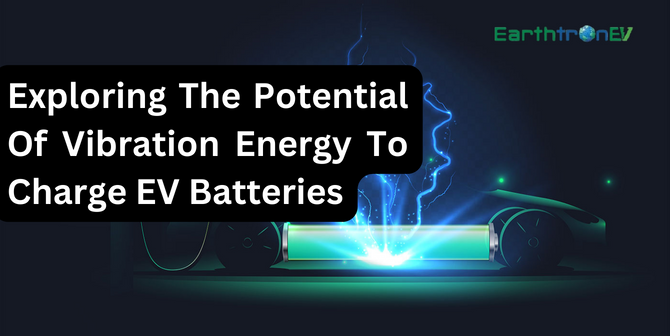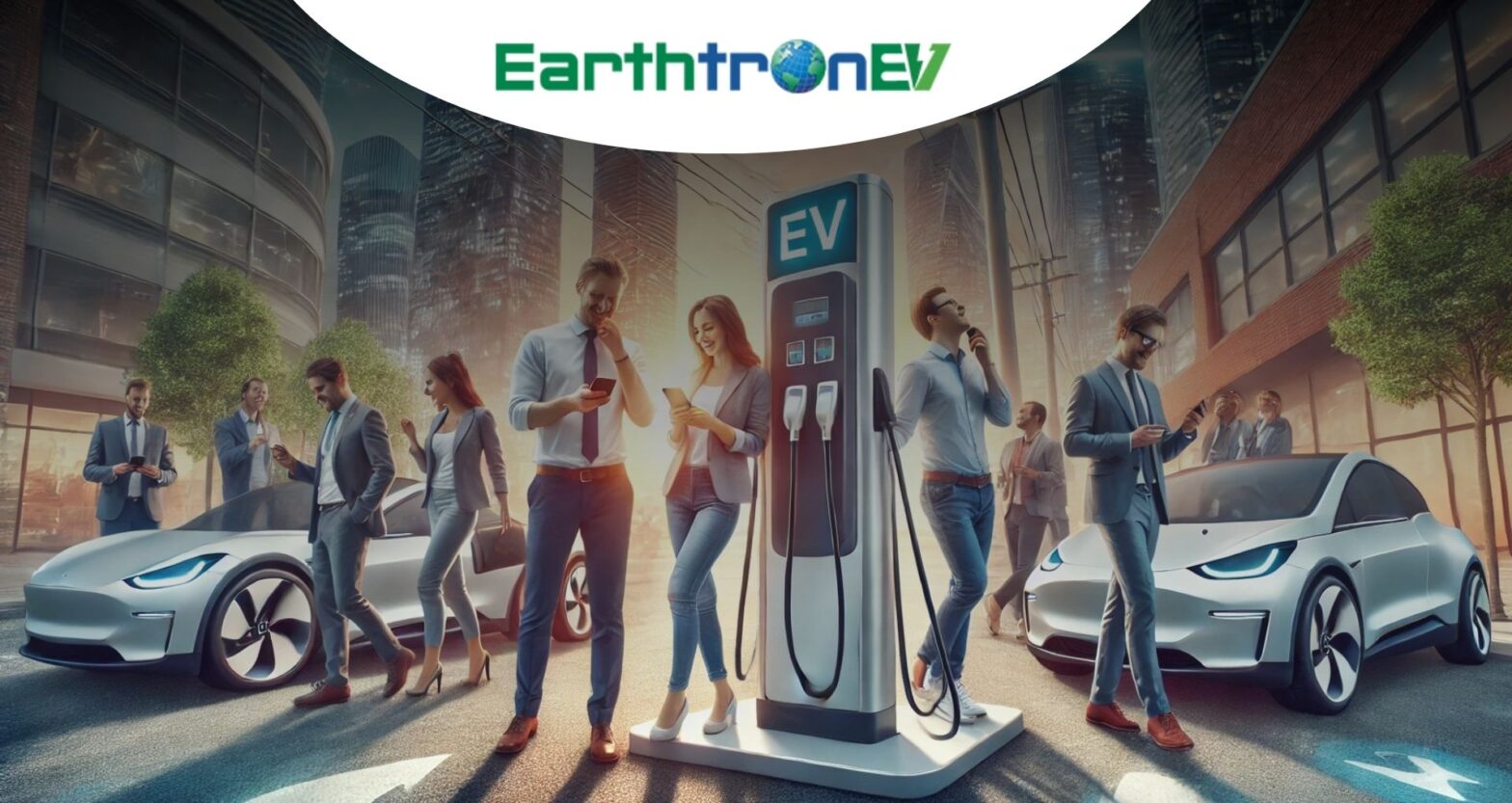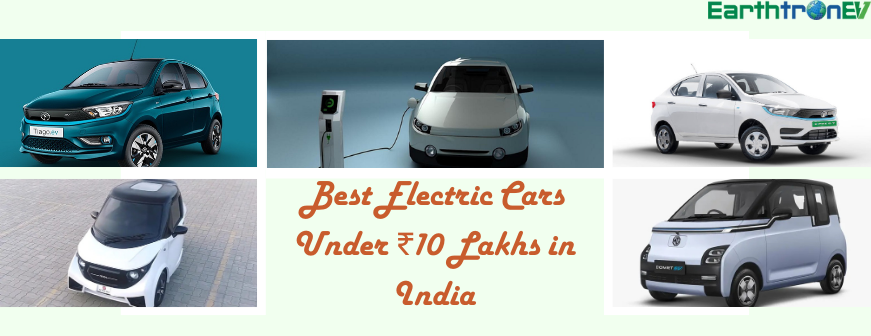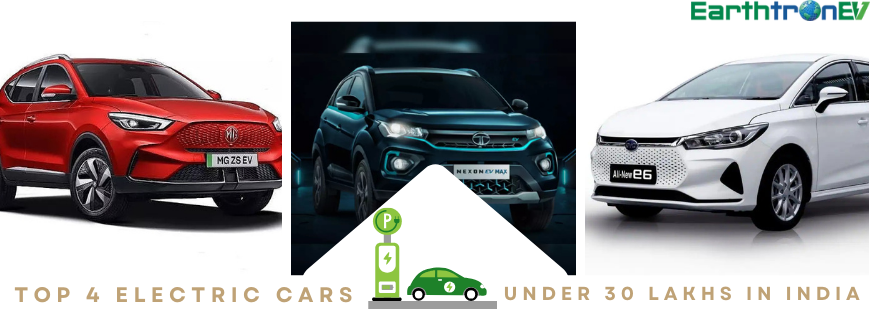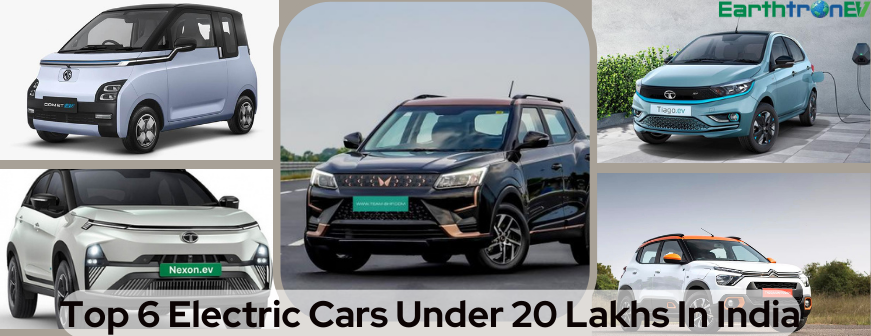Are you tired of constantly searching for charging stations to keep your electric vehicle powered up? Well, get ready to say goodbye to range anxiety because we have an electrifying solution! In this blog post, we will delve into the exciting world of vibration energy and how it has the potential to revolutionize the way we charge our EV batteries. Join us as we explore the untapped power that lies within vibrations and discover how this renewable energy source could pave the way for a greener future. Get ready to harness the power like never before!
Introduction to Vibration Energy
Vibration energy is a type of energy that can be harnessed to power electronic devices. It is created by the movement of an object and can be converted into electrical energy. Vibration energy has been used to power watches, cell phones, and other small electronic devices for many years. Recently, there has been interest in using vibration energy to charge EV batteries.
There are many potential benefits to using vibration energy to charge EV batteries.
- First, it would eliminate the need for electrical outlets or charging stations.
- Second, it would be a more sustainable way to power EVs since it does not rely on fossil fuels.
- Third, it could potentially extend the range of EVs by allowing them to charge while in motion. fourth, It is a renewable resource that is readily available.
There are some challenges that need to be addressed before vibration energy can be used to charge EV batteries on a large scale.
- One challenge is efficiency; currently, only a small percentage of the energy created by an object’s movement can be converted into electrical energy.
- Another challenge is storage; current battery technology does not allow for efficient storage of electrical energy generated by vibration. There are environmental concerns; if vibrations from charging EVs were large enough, they could potentially cause damage to buildings or other infrastructure.
Despite these challenges, vibration energy holds great promise as a way to power EVs. With further research and development, it may someday become the primary means of powering electric vehicles.
Benefits of Using Vibration Energy to Charge EV Batteries
Vibration energy is a clean, renewable source of power that can be used to charge EV batteries. There are many benefits to using vibration energy to charge EV batteries, including:
- Vibration energy is a clean and renewable source of power.
- Vibration energy is more efficient than traditional methods of charging EV batteries.
- Vibration energy can be used to charge EV batteries in remote locations where there is no access to traditional power sources.
- Vibration energy is a scalable solution that can be used to charge EV batteries of all sizes.
- Vibration energy is a safe and reliable way to charge EV batteries.
Challenges of Harnessing Vibration Energy for EV Battery Charging
Despite the potential benefits of using vibration energy to charge EV batteries, there are several challenges that need to be addressed in order to make this technology viable on a large scale.
- One of the biggest challenges is the fact that vibrational energy is highly variable and difficult to control. This makes it difficult to design a system that can reliably capture and convert this energy into electrical power.
- Another challenge is the fact that current battery technology is not well-suited for being charged by vibrational energy. This is due to the fact that batteries typically need a constant and relatively low voltage in order to charge properly, while vibrational energy tends to be of a higher voltage and more intermittent nature.
- There are also cost considerations associated with using vibrational energy to charge EV batteries. Currently, the most effective way to harvest this type of energy is through the use of piezoelectric materials, which can be quite expensive.
Solutions to Overcome the Challenges
In order to overcome the challenges associated with charging EV batteries using vibration energy, a number of solutions have been proposed and are currently being developed. One solution is to use piezoelectric materials to convert the vibration energy into electrical energy which can then be used to charge the batteries. Another solution is to develop specialized generators that are designed to capture and store the vibration energy in order to charge the batteries.
- One company, Vibrant Power, has developed a technology called VIBE which uses piezoelectric material to generate electricity from vibrations. The company claims that its technology can capture up to 80% of the available energy in vibrations, making it a very efficient way to charge EV batteries.
- Another company, eGenesis, is developing a technology called PowerStor which uses a flywheel system to store kinetic energy from vibrations. This stored energy can then be used to charge EV batteries when needed. The company claims that its technology can capture and store up to 99% of the available energy in vibrations, making it an extremely efficient way to charge EV batteries.
- Both of these technologies are still in development and are not yet commercially available. However, they show great promise as solutions for overcoming the challenges associated with charging EV batteries using vibration energy.
Advantages and Disadvantages of Using Vibration Energy
Vibration energy harvesters offer a number of potential advantages for charging electric vehicle (EV) batteries. One key advantage is that they can be used to generate power from a variety of sources, including ambient vibrations from the road or engine, making them a versatile option for powering EV batteries. Additionally, vibration energy harvesters are typically more efficient than other types of renewable energy sources, meaning that more power can be generated from a given amount of vibrational energy.
There are also some potential disadvantages to using vibration energy harvesters to charge EV batteries. One challenge is that the amount of power that can be generated from ambient vibrations is relatively low, meaning that a large number of vibration energy harvesters would need to be deployed in order to generate a significant amount of power. Additionally, vibration energy harvesters can be expensive to purchase and maintain, which may limit their feasibility for widespread use.
Conclusion:
Vibration energy is an exciting new technology that has the potential to revolutionize electric vehicle charging. By harnessing and converting the vibrations emitted by tires, road surfaces, and other sources into usable electrical power, Earthtronev can significantly reduce EV battery charge time and make EVs more efficient than ever before. The possibilities are endless with this intriguing form of renewable energy; it’s only a matter of time until we’re using vibration energy to power our cars!
